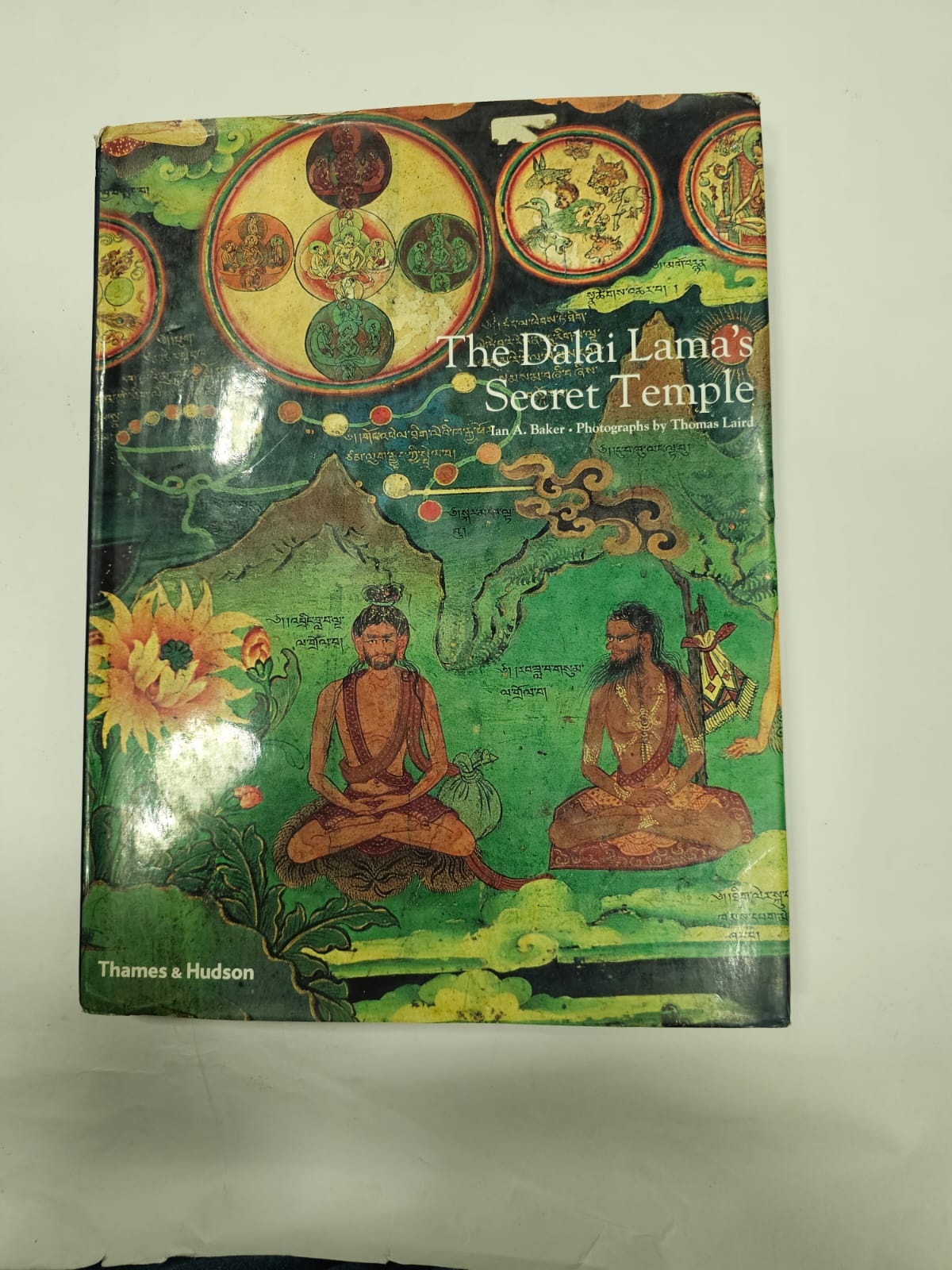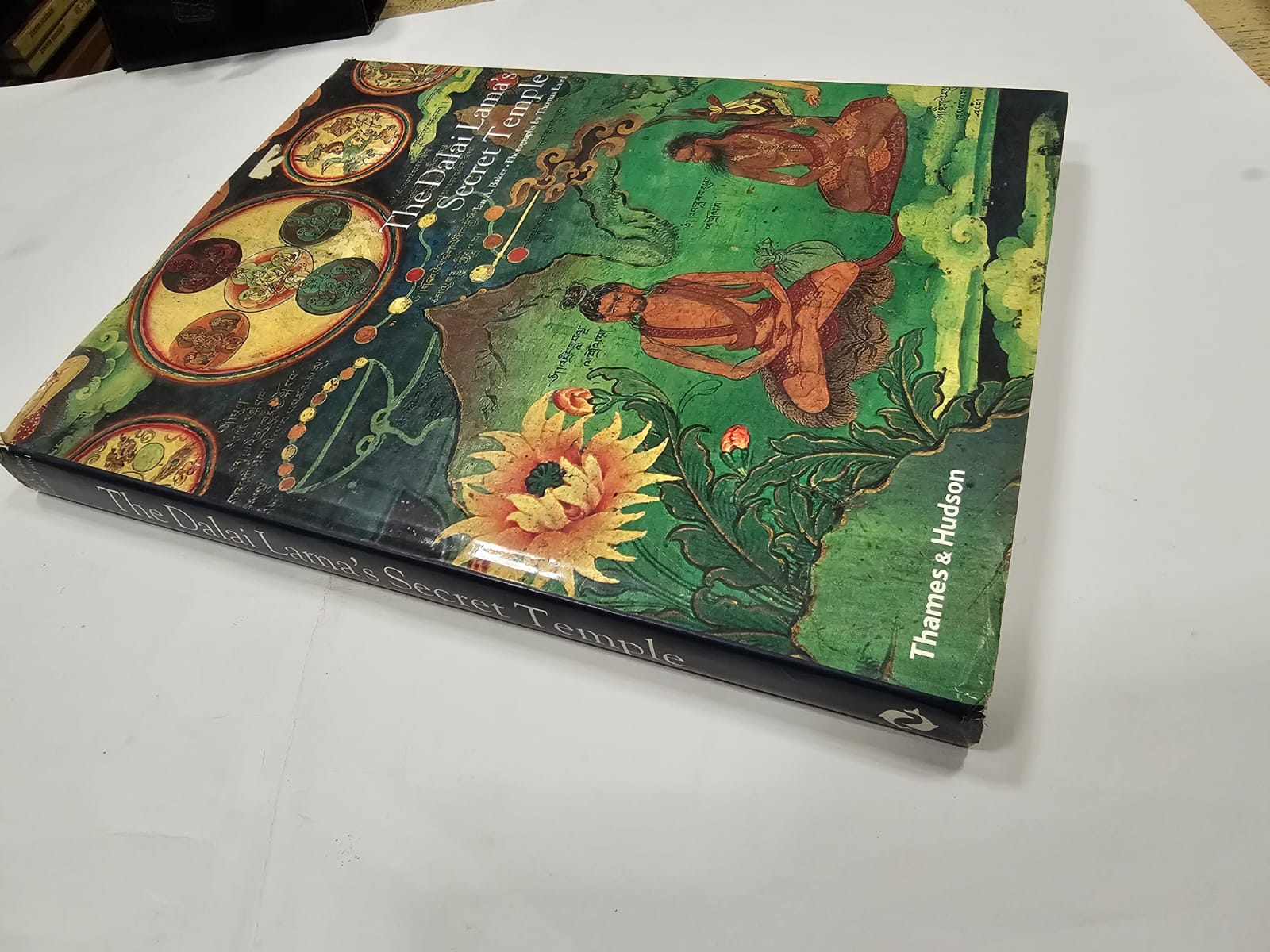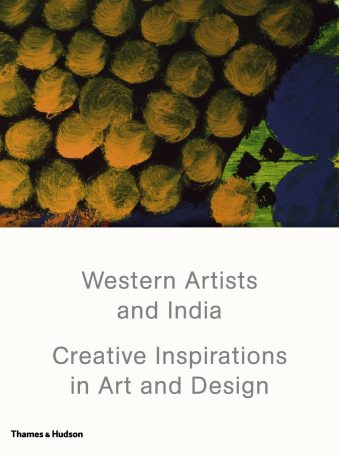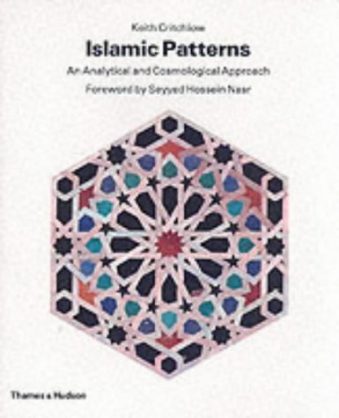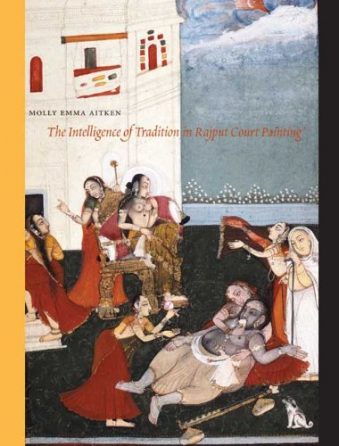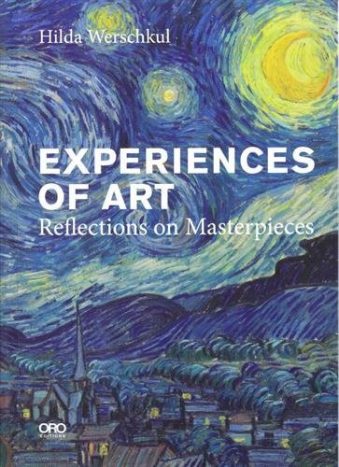- Empty cart.
- Continue Shopping
CONDITION USED GOOD ,THE DALAI LAMA’S SECRET TEMPLE , TANTRIC WALL PAINTINGS FROM TIBET , HARDCOVER, 2000
₹26,755.00
Author : Dalai Lama (Author), Ian Baker (Author), Thomas Laird (Author)
Publisher : Thames & Hudson (2000)
ISBN-10 : 0500510032
ISBN-13 : 9780500510032
1 in stock
During the brief reign of the Sixth Dalai Lama, who built Tibet’s Potala Palace in the 18th century, unknown artists created a series of mysterious paintings on the walls of the temple’s private chapel. Comparable in quality to the Sistine Chapel in Rome, these masterpieces of Tibetan art are reproduced for the first time in this extraordinary publication. 200 illustrations, 151 in color. Behind Tibet’s Potala Palace — seat of the Dalai Lamas since 1649 — lies a sacred pond said to be inhabited by serpentlike deities called Lu. There, on a willow-covered island in the middle of the lake, is a pagoda roofed Khang, or temple. During the brief reign of the Sixth Dalai Lama, who built the temple in the eighteenth century, unknown artists created a series of mysterious paintings on the walls of the temple’s private chapel. Comparable in quality and ambition to the Sistine Chapel in Rome, these master-pieces of Tibetan art are reproduced for the first time in this extraordinary publication. The chapel was reserved exclusively for the Dalai Lamas as a place of meditation and spiritual retreat. For centuries the Lukhang murals, which illustrate the path to spiritual liberation, guided the Dalai Lamas in a form of mystical contemplation called Dzogchen — the most secret practice in Tibet’s Tantric tradition. Beyond their Tibetan origins, the murals display a universal spiritual vision. Merely to contemplate them, Tibetans believe, can open the mind to timeless spiritual truth. At the heart of this book are more than 150 color photographs of the murals and their temple, taken in the most difficult conditions by the American explorer-photographer Thomas Laird. Ian Baker’s text, which places these remarkable works within their historical and cultural perspective, is augmented by accounts from other Tibetan sources. A special feature of the book is an introduction and quotations by Tenzin Gyatso, the Fourteenth Dalai Lama of Tibet, as well as additional drawings from Bud




